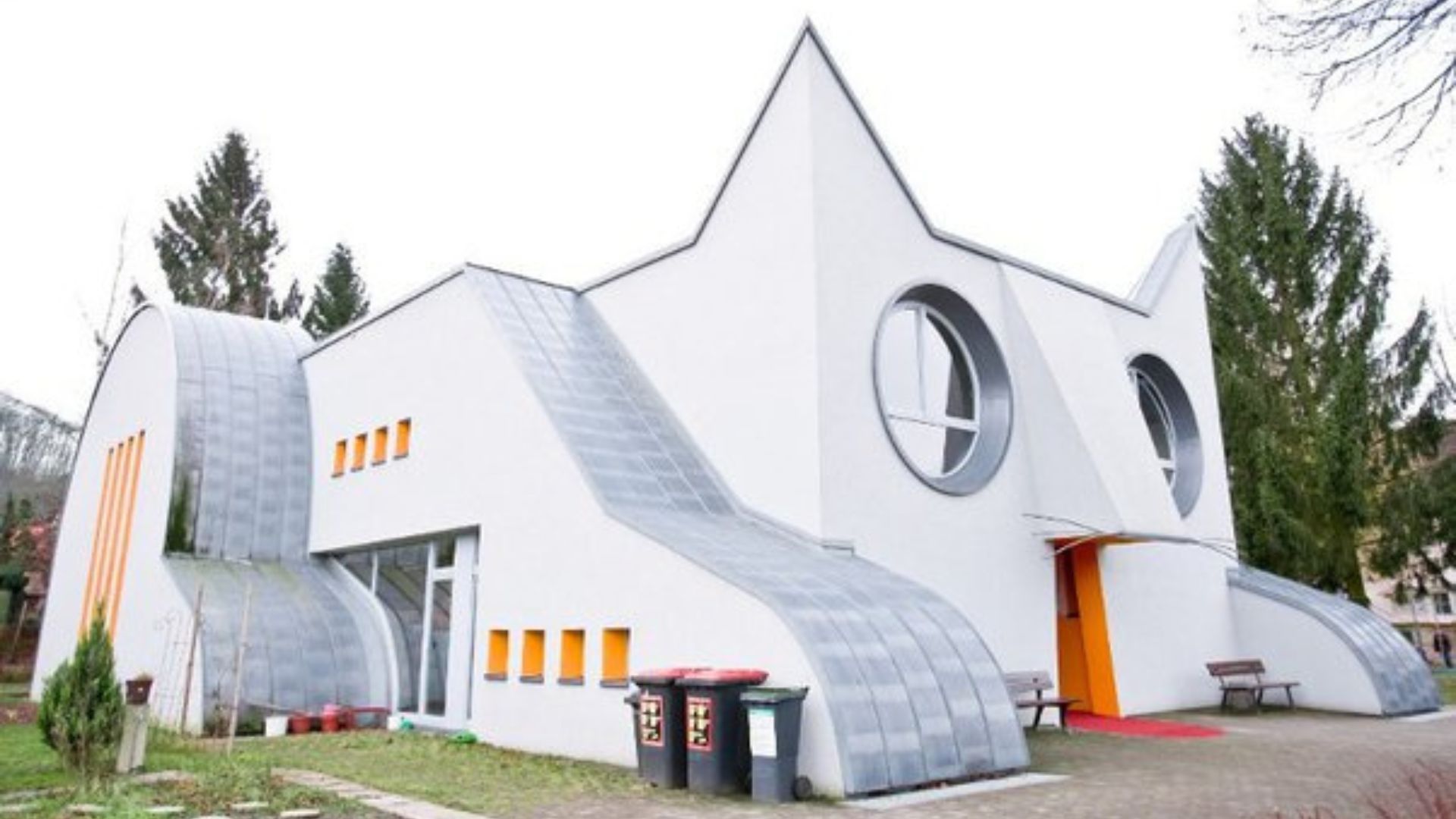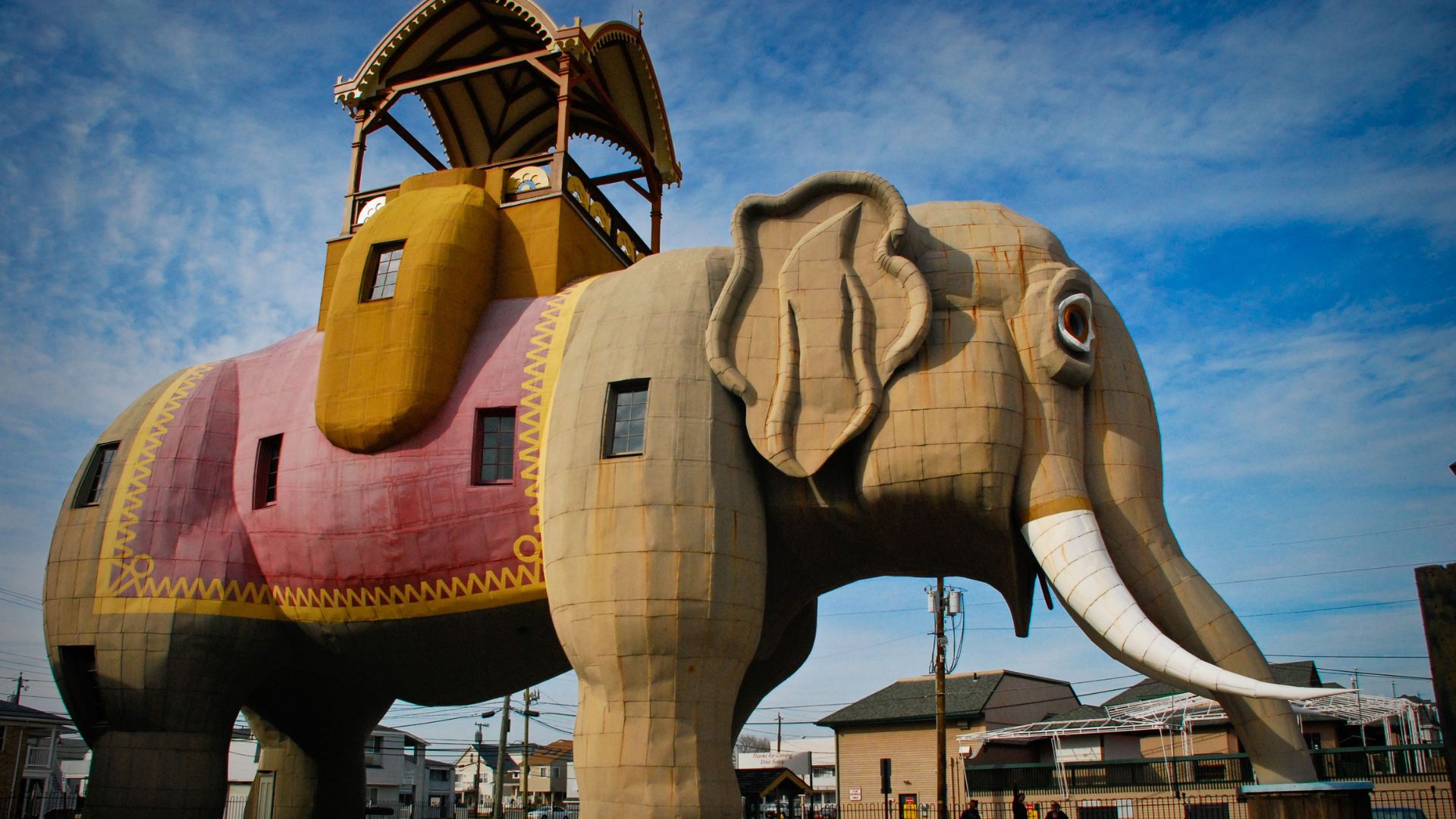Symbolic Power of Animal-Shaped Architecture transcends mere functionality, reflecting cultural values and stories. As a canvas for expressing deeper symbolism, architecture incorporates animal-inspired forms, resonating with viewers on a profound level. From ancient civilizations to modern architects, animal symbolism endures, evolving with time and societal values. Whether a temple adorned with lion statues or a contemporary office building shaped like a soaring bird, these structures invite interpretation and connection with the built environment. Exploring the messages within them offers insight into the cultural, historical, and artistic contexts shaping our architectural landscape.
A Menagerie of Meanings: Animals as Cultural Icons
Animals have long held significant meaning across various cultures. Lions symbolize strength and courage, owls represent wisdom and knowledge, and dragons embody power and mystery. Architects capitalize on these established associations, weaving animal symbolism into the very fabric of their creations. For instance, the majestic Lion City in Singapore features a prominent Merlion statue – a mythical creature with a lion’s head and a fish’s tail. This statue embodies Singapore’s transformation from a fishing village to a thriving metropolis, showcasing the nation’s strength and resourcefulness.

Aesthetics and Attraction: Animal Shapes for Engagement
Beyond symbolism, animal-shaped architecture can be visually captivating, attracting attention and fostering a sense of wonder. Playful structures like giant crabs housing restaurants or whimsical duck-shaped libraries create a unique aesthetic that draws visitors and enlivens public spaces. The Longzhuwan Dolphin Center in China, with its iconic dolphin-shaped roof, serves as a prime example. This playful design not only attracts visitors interested in marine life but also subconsciously creates a positive association with dolphins, promoting their conservation.
Building Community Through Shared Identity
Animal-shaped architecture can also act as a unifying force, fostering a sense of community and shared identity. Local fauna or creatures with cultural significance can become mascots, visually representing the spirit of a place. The Guangzhou Opera House in China, resembling two oversized pebbles emerging from a river, evokes the image of twin rams – a symbol of the city’s historical name, “City of Rams.” This design not only pays homage to the city’s heritage but also creates a recognizable landmark that residents can identify with.
Evoking Nature and Environmental Consciousness
In today’s world, with growing concerns about environmental degradation, animal-shaped architecture can serve as a powerful reminder of our connection to nature. Structures inspired by endangered species or those promoting ecological awareness can spark conversations and inspire action. The Elephant Family, a conservation organization, utilizes elephant-shaped structures to raise awareness about the plight of these magnificent creatures. These temporary structures, often placed in urban environments, act as a visual call to action, prompting viewers to consider the importance of protecting endangered species.
Challenges and Considerations
While the symbolic power of animal-shaped architecture holds immense potential, certain challenges need to be considered. Striking a balance between aesthetics and functionality is crucial. Overly whimsical designs might overshadow the intended purpose of the building. Additionally, constructing buildings in unusual shapes can be more expensive and complex compared to traditional designs. Careful planning and innovative engineering techniques are essential to ensure structural integrity and functionality.
A Future Full of Form
Despite the challenges, the symbolic power of animal-shaped architecture offers a unique and captivating approach to building design. As architects continue to push boundaries and explore new possibilities, we can expect even more stunning and meaningful examples of this architectural trend to emerge in the future. These structures will not only serve practical purposes but will also act as powerful cultural symbols, fostering a deeper connection between humans, animals, and the environment we share.
Conclusion
In conclusion, the symbolic power of animal-shaped architecture transcends mere structural design, serving as a reflection of cultural values, beliefs, and aspirations. From ancient civilizations to modern-day architects, the incorporation of animal symbolism in architectural forms has endured, evolving with time and societal shifts. These structures invite viewers to interpret and connect with the built environment on a profound level, offering insights into the cultural, historical, and artistic contexts that shape our architectural landscape. As we continue to explore and appreciate the messages embedded within animal-shaped architecture, we gain a deeper understanding of the intricate relationship between humans, nature, and the built world.
